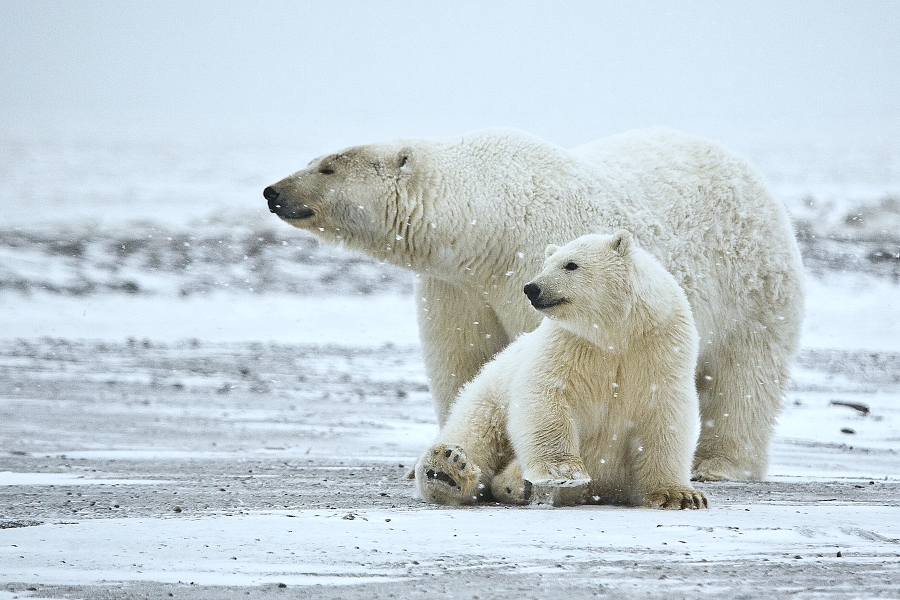On January 3rd, a polar bear was found dead in Alaska due to a very deadly, contagious bird flu
called H5N1, or Avian Influenza. There were sick birds detected in the area, so scientists think
that the polar bear got infected by eating one of those birds. This is the first time that a polar
bear has died from this, that scientists know of, and it is very likely there are more infected
bears. They’re worried about this new threat; polar bears have been listed as threatened
animals since May 15, 2008. The bear was a Southern Beaufort, which is estimated to have a
population of 900. Compared to other bears, polar bears are more likely to get viruses.
called H5N1, or Avian Influenza. There were sick birds detected in the area, so scientists think
that the polar bear got infected by eating one of those birds. This is the first time that a polar
bear has died from this, that scientists know of, and it is very likely there are more infected
bears. They’re worried about this new threat; polar bears have been listed as threatened
animals since May 15, 2008. The bear was a Southern Beaufort, which is estimated to have a
population of 900. Compared to other bears, polar bears are more likely to get viruses.
The outbreak of the virus happened in 2021; millions of birds have died, estimated to be 77.8 in
the U.S., and so have other animals and humans. It has been found in over 80 countries, including
Cambodia, Chili, China, Ecuador, Spain, United Kingdom, and Vietnam, and there have been cases
found in every continent except Australia. In some of the cases, they report it is mild, people
survive, are hospitalized, show no symptoms, die, or are critical. Almost all human cases have
been exposed to poultry. The cases don’t seem to be transmitted from mammal to mammal or
human to human. In the past, scientists have said if the virus reaches the penguins, it could be
one of the biggest ecological disasters in modern times.
Climate change is exposing the bears because there has been less sea ice, so they are on
shore for longer periods of time, and the only thing they can eat is dead birds. Arctic animals are
in one of the places most affected by climate change. There’s no sea ice, glaciers are shrinking,
and permafrost is thawing. From 1950-2017, 75% of warming is due to greenhouse gasses. The
International Union for Conservation of Nature says there are an estimated 26,000
polar bears worldwide, but there could be less by the end of the century if nothing is done about
climate change.
All polar bears are polluted, even cubs. This has affected the hormones needed for growth,
reproduction, metabolism, their bone structure, vitamins, and their immune system. Bears
are in worse conditions every time the ice in the Hudson Bay breaks early. Oil and gas
businesses have been moving to the Arctic, and oil spills will either go straight into the ocean or
onto sea ice. If there is an oil spill, they don’t have a way to clean it. Oil can also affect polar
bears by getting oil on their fur, which decreases their insulating ability. Ingesting it can cause liver
and kidney damage, and the construction of facilities seems to have a bad influence on them.







